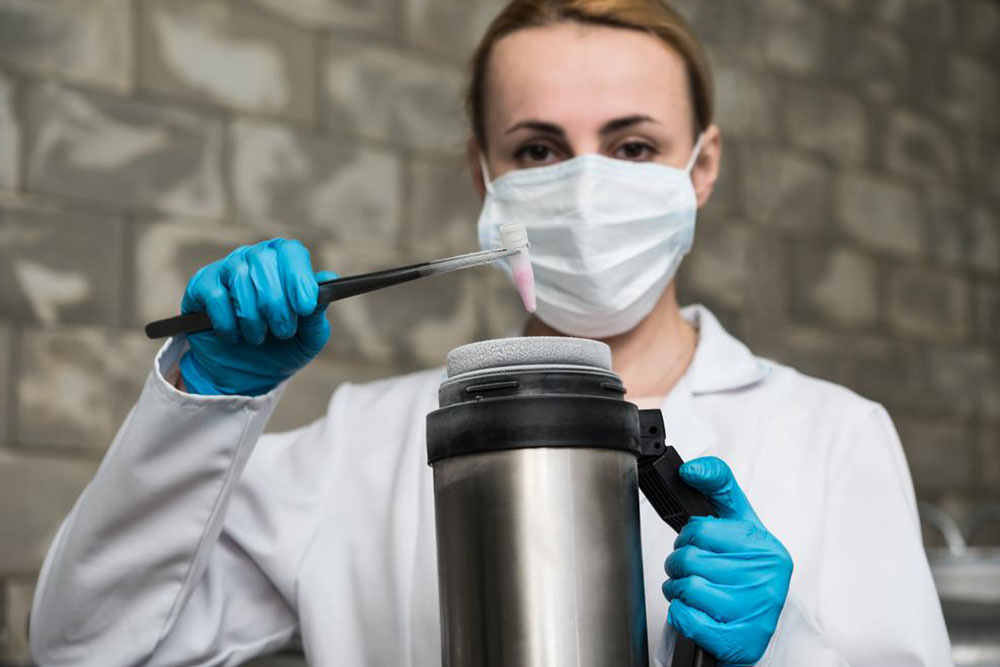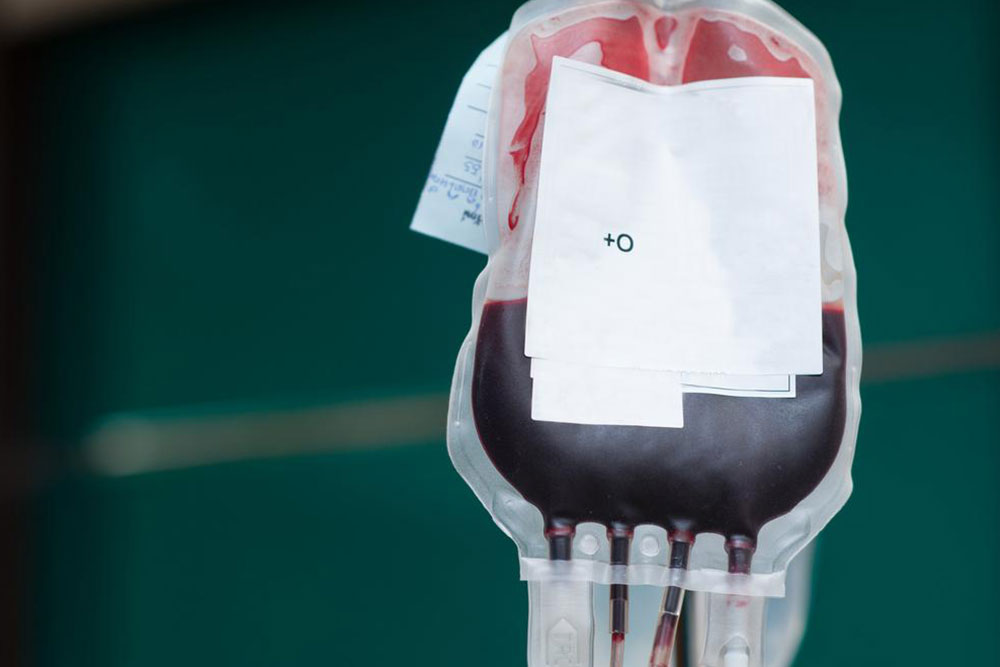LifeCell's Advanced Stem Cell Storage Solutions
Discover how LifeCell offers top-tier stem cell banking services, allowing parents to preserve their child's cord blood for potential future medical treatments. With a global network of clinics and proven success in over 5,000 transplants, stem cell preservation is becoming a vital part of healthcare. This article explores the sources, benefits, and future prospects of stem cell banking, emphasizing its importance for medical emergencies and treatment options.

Leverage Stem Cell Preservation with LifeCell
LifeCell stands as a leading global provider of stem cell storage services. The process involves collecting blood remaining in a newborn's umbilical cord and placenta to be preserved for future medical uses. This growing practice offers numerous benefits, making post-birth cell banking a vital choice for parents. Below are key reasons why storing your baby’s stem cells can be life-changing.
What are stem cells?
Stem cells are fundamental units within the human body that assist in the growth and functioning of vital organs.
These special cells can regenerate and repair tissues, making them crucial in treating serious illnesses. Particularly in immune-related diseases, stem cells help restore organ functions by repairing damaged tissues. Once collected, the cells are processed for effective therapeutic use.
Why opt for stem cell banking?
Banking your baby's stem cells can be vital for future organ transplants or treatments for certain diseases. It’s especially useful for preserving cells from specific ethnic backgrounds, ensuring better compatibility for transplants in regions with limited diverse donations.
This service enhances treatment options for various health conditions, emphasizing its importance in modern medicine.
Sources of stem cells
Stem cells can be found in multiple tissues like dental pulp, menstrual blood, bone marrow, fat, and peripheral blood. The umbilical cord is a prime source for harvesting stem cells needed for regenerative therapies.
Future prospects of stem cell banking
Over 500 certified clinics operate under LifeCell, performing transplants worldwide. To date, more than 5,000 successful procedures showcase the potential of stem cell preservation. With the cost of banking decreasing, it’s becoming a routine procedure for new parents. The likelihood of someone needing a stem-cell-based transplant has increased significantly, expanding its relevance.
Odds of successful treatment
High compatibility is probable with a well-maintained inventory of stem cells, including hundreds of thousands of stored units. Immediate access to frozen stem cells ensures prompt treatment in emergencies, increasing chances of success.









